In 2010, StarCraft 2 was poised to bring esports to the masses. The previous iteration of the game, StarCraft: Brood War, had been broadcasted on national television to millions of viewers in Korea. But after a surge in popularity in the two years that immediately followed its release, the sequel has since sputtered. Its professional scene is wilting.
As of July 2014, Blizzard’s World Championship Series averages a paltry 10,000 viewers per broadcast. The game and the esports scene around it still lives on, but on a significantly smaller scale compared to esports giants League of Legends or Dota 2, whose streams regularly bring in over 100,000 viewers.
With dwindling viewership, turning a profit on a StarCraft 2 tournament seems next to impossible.
Enter former pro and community figure Steven “Destiny” Bonnell.
On July 3, Bonnell launched an IndieGoGo campaign for a tournament he called Destiny I. He laid out every expense the tournament would need, including prices for commentators, prize pool and web design. In exchange for financial support, Bonnell offered perks: He’d hug you for $10, or promote your Twitch stream for $100, or even give StarCraft 2 lessons for $200. His initial goal was $5,500, and Bonnell was always confident he’d hit it.
“I have a pretty good reputation in the community and this was the first crowd-funded tournament I’d ever attempted,” he said. “So I figured I’d be able to raise money for the first one pretty easily.”
On July 21, the fundraiser ended. He’d raised $5,909.
“Rather than stand by and watch as fans drop off from the game as the amount of quality content being produced decreased, I’d rather step in and produce some high quality content of my own.” Bonnell told me.
As soon as the tournament hit its goals, Bonnell embarked on a month of preparation. Collaboration alongside an artist, a translator, a web designer and sponsors proved to be a difficult logistical task.
“The most difficult part, funnily enough, was probably deciding on a date that worked for all of the players,” Bonnell said.
He used pages of hand-written notes to map out the tournament.
According to his plans, each day of the tournament would feature a different commentator alongside Bonnell. Some of the biggest professional players and commentators soon committed to casting the tournament, including Geoff “Incontrol” Robinson, Yolan “ToD” Merlo and Chad “Minigun” Jones.
Preparing the tournament was so exhausting Bonnell almost walked away. The days leading up to it, Bonnell said, were some of the “darkest” days of his life. He slept on average two hours a night. On Saturday, Aug. 9, the day before the final, a series of unfortunate events unfolded. The tournament admin had missed a day of work, leaving Bonnell to work with two Korean players with limited English. Meanwhile, Bonnell’s internet service provider throttled his upstream bandwidth, making it next to impossible to stream. Community figure and popular YouTuber John “TotalBiscuit” Bain stepped in to help broadcast and commentate the tournament that day.
Even with that help, the combination of personal issues and a grueling tournament schedule left Bonnell fatigued.
I’m sure I could have came back later and had the games played off stream or something, but being overly emotional, extremely tired, starved from a terrible eating schedule, and now stressed due to lag problems, I was in a terrible state of mind.
But it all worked out. The viewers showed up. Destiny I was the third most popular StarCraft 2 event on Twitch this month, with a peak viewership of 27,604 viewers.
Following the final, Bonnell took another step that most tournament organizers avoid. A full financial report was released detailing every expense of the tournament and where the backer’s money went.
His take? $1,800. Some would argue this is a modest amount for the work that went into the tournament.
Bonnell said he’ll probably keep the crowd-funding model going. Destiny II may focus on North America and Europe, he said, rather than focusing on all three regions. “This isn’t to spite KeSPA,” he said, referring to the organization that oversees esports in Korea. “But it would allow me to push my tournament back four hours or so.”
For that tournament, he may fundraising goal to $10,000. Small tournaments like these show that there is still a market for StarCraft 2. And when the tournament organizer rewards backers with transparency reports and allows them to have a role in the decision making process, the fans will always come back.



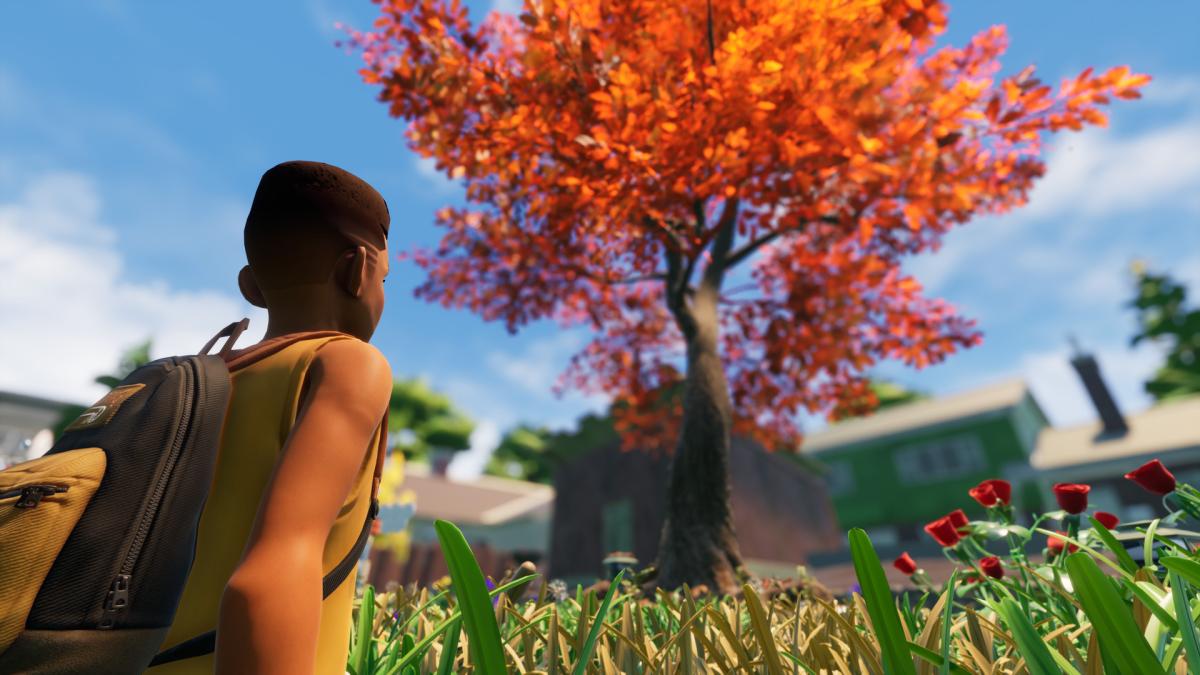
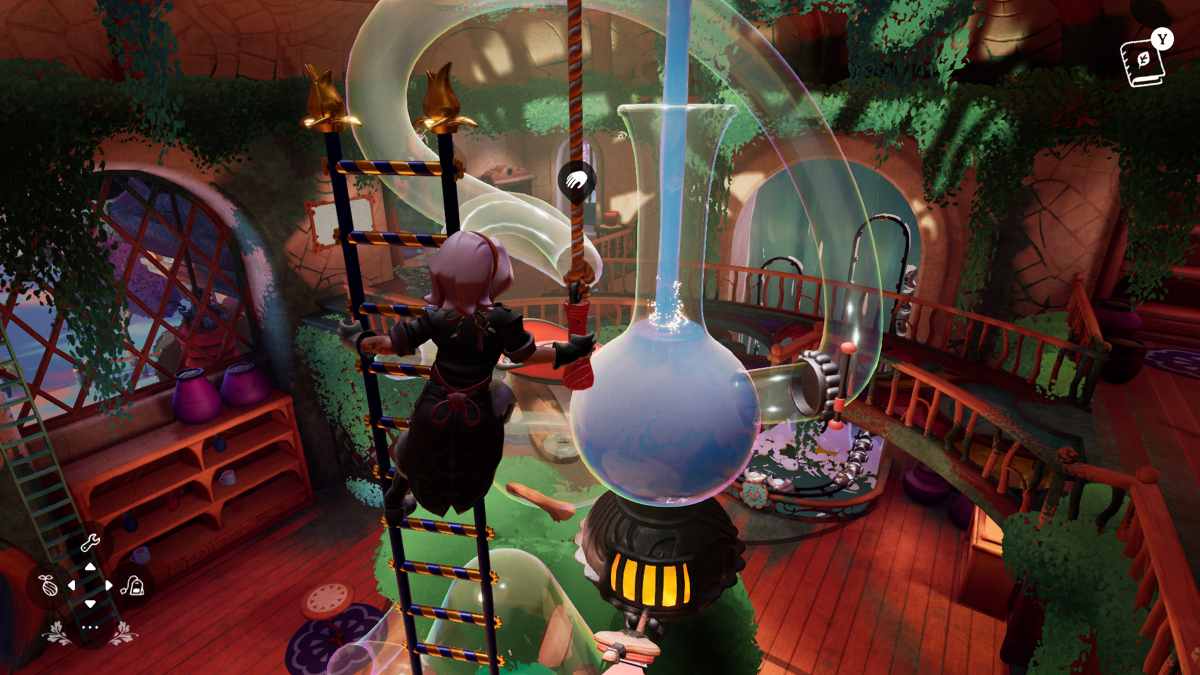
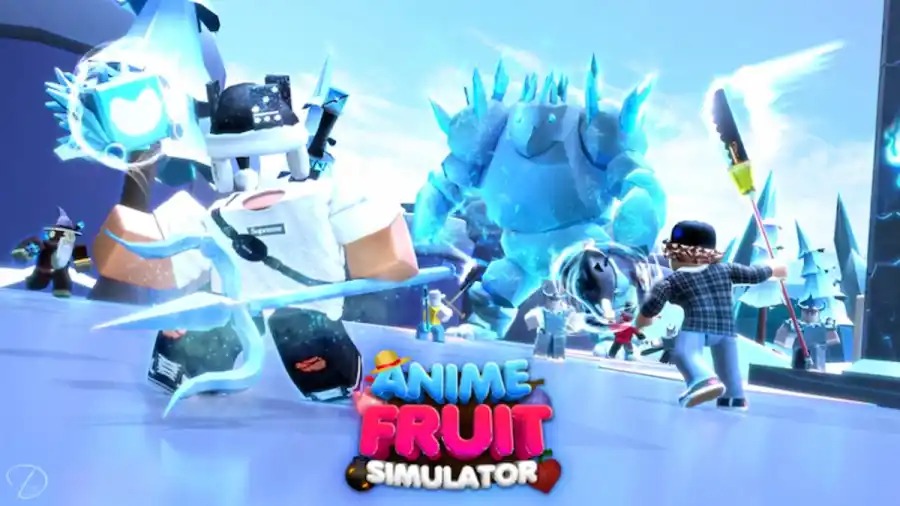
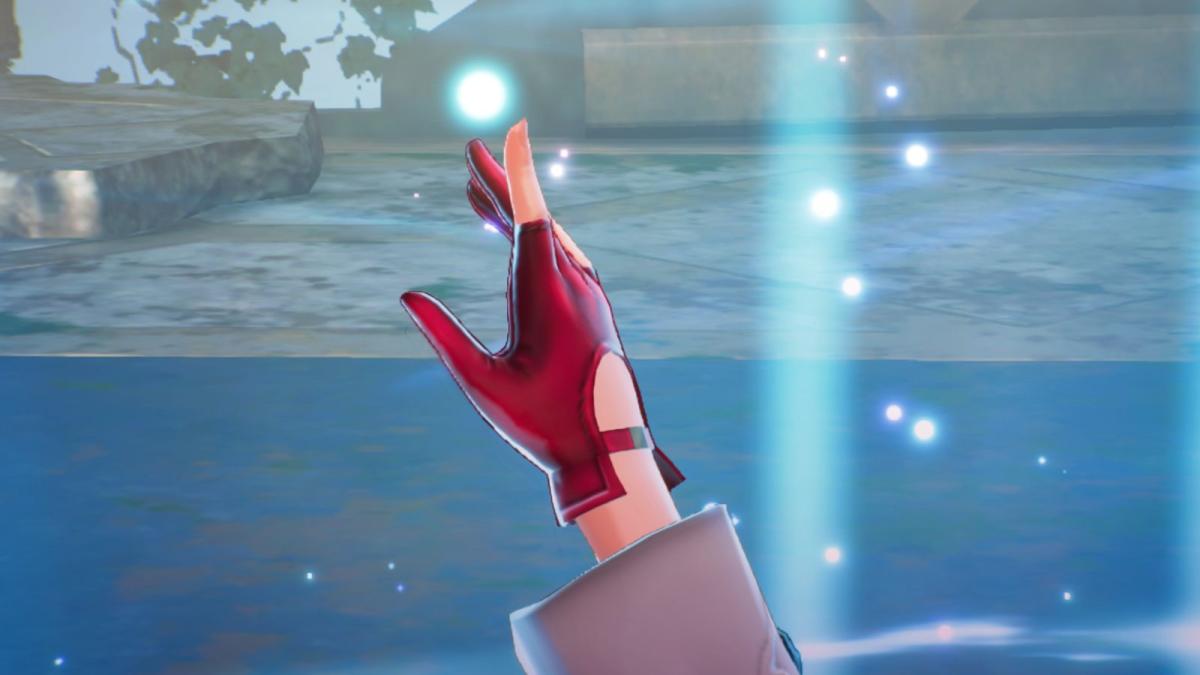
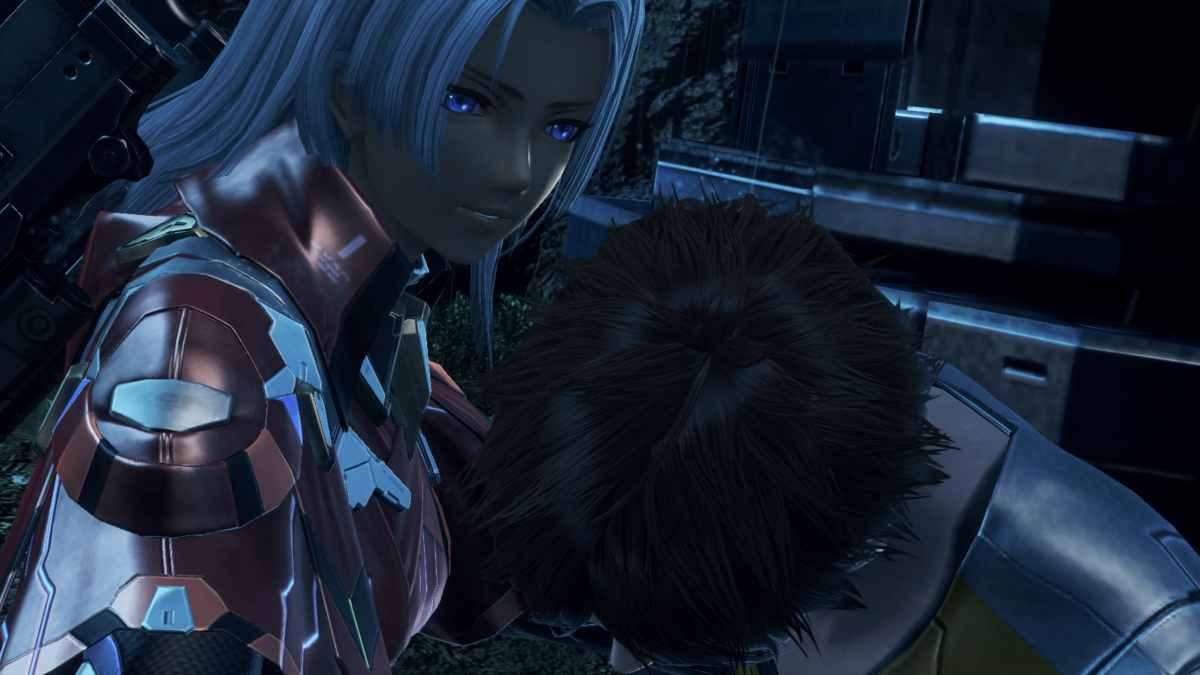
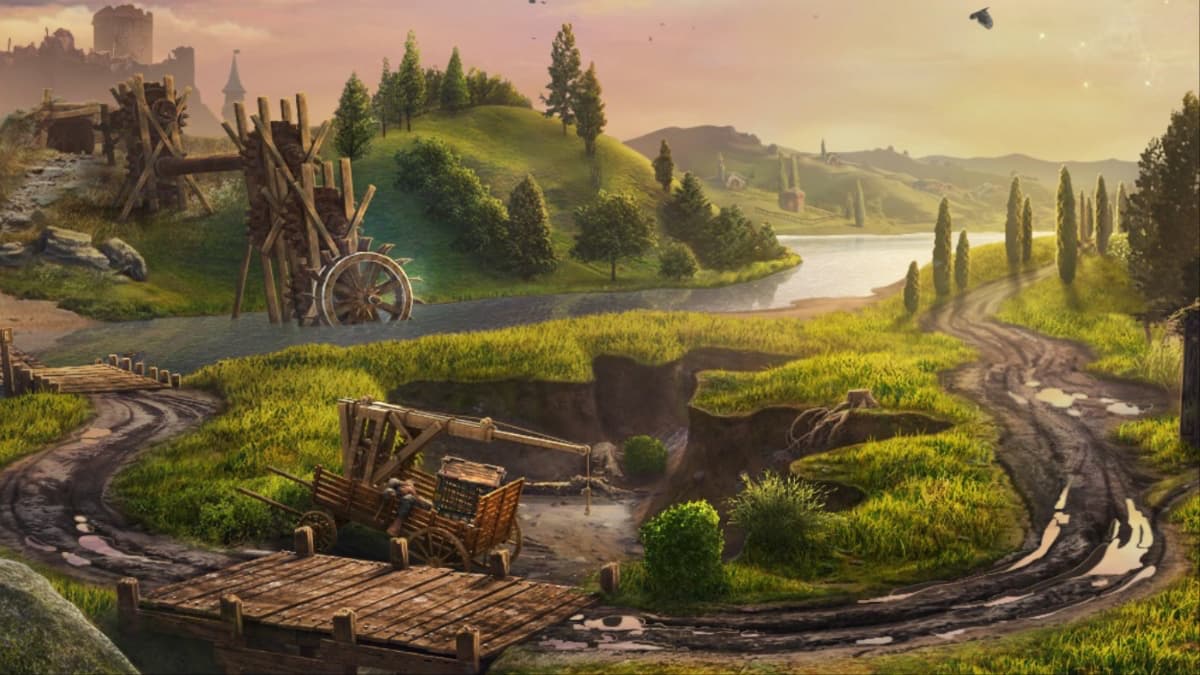
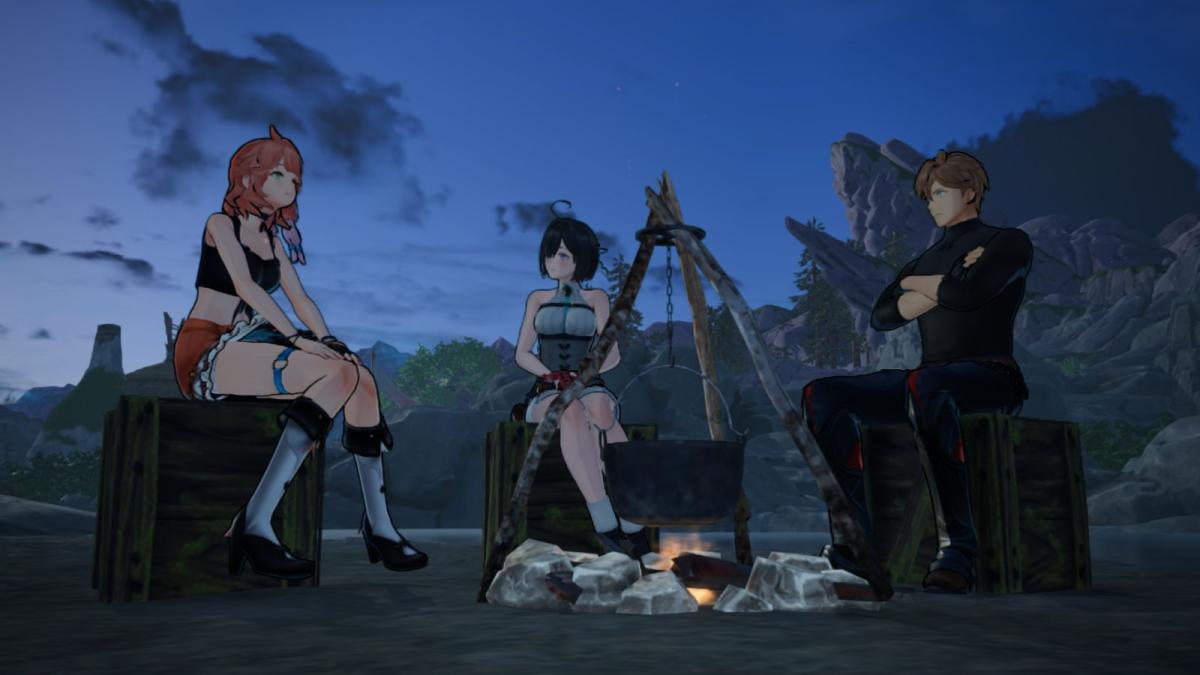
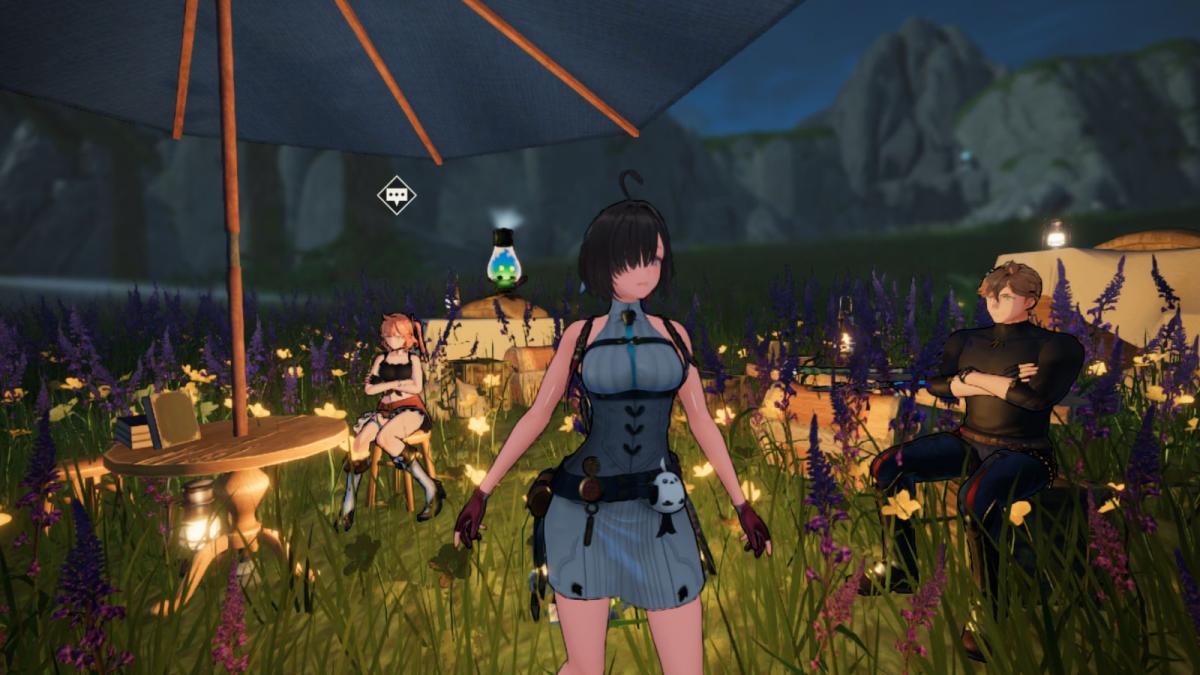

Published: Aug 14, 2014 11:09 am